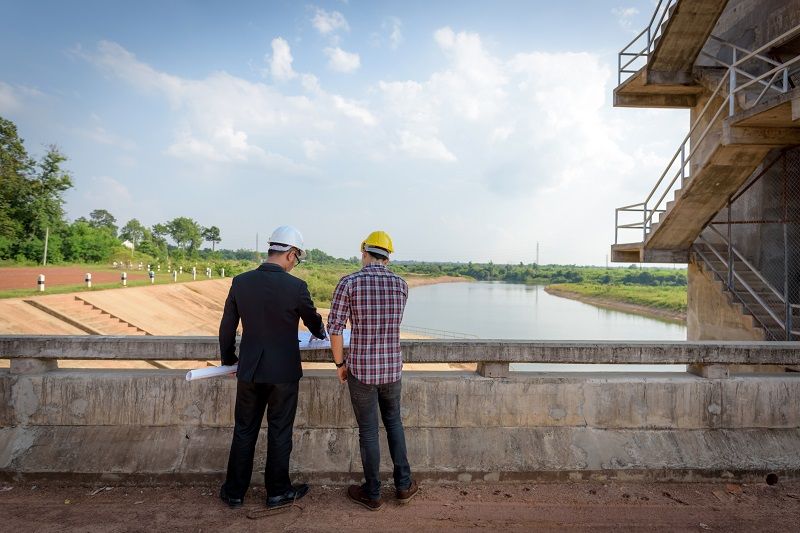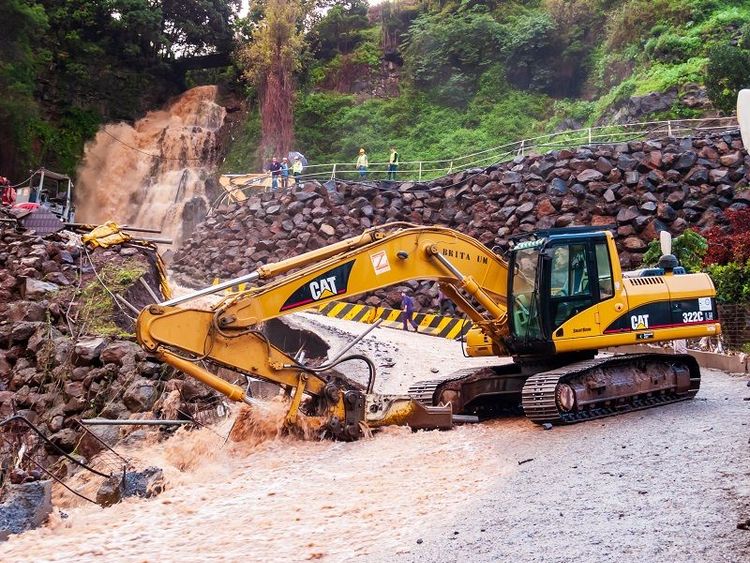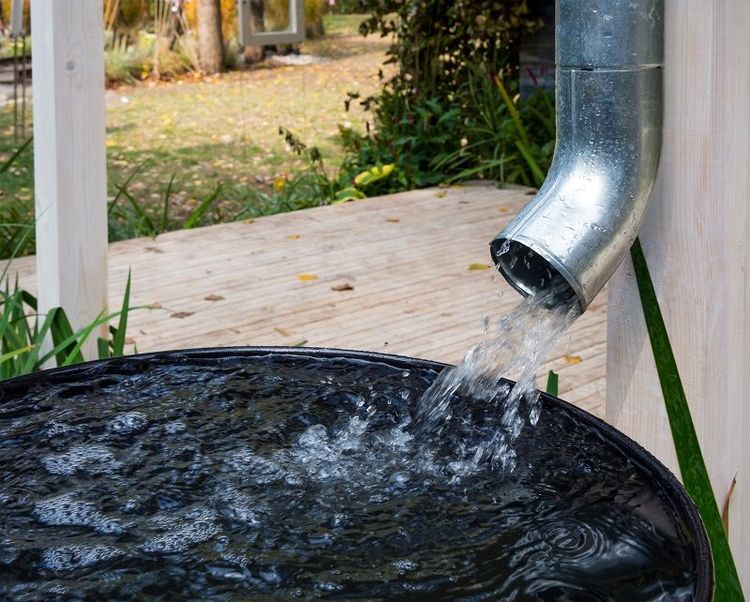Waterlogging on construction sites can cause several problems, including slowing down construction progress, damaging building materials, and creating safety hazards for workers. When soil becomes saturated with water, it loses its strength and stability, making it difficult to support heavy loads or excavations. This can result in foundation settlements, which can compromise the structural integrity of the entire building. In addition, excess moisture can weaken concrete and masonry structures, causing cracks and spills over time.
Waterlogging can also create ideal breeding grounds for fungi and bacteria, leading to corrosion and decay of metal components and wood rot in timber structures. These microorganisms can release harmful chemicals into the environment, posing health risks to workers and residents nearby. Moreover, standing water can attract mosquitoes and other insects, increasing the risk of diseases spread by these vectors.
Causes of waterlogging
- Rainfall and poor drainage: The most common cause of waterlogging is heavy rainfall, especially in regions with intense or prolonged wet seasons. If the construction site lacks adequate drainage systems or if the existing systems are poorly designed or blocked, the rainwater may accumulate on the site, saturating the soil and creating waterlogged areas.
- High water table: In certain locations, the water table (the level below which the ground is saturated with water) can be naturally high. During construction, when excavations are made, the water table may rise closer to the surface, leading to waterlogging issues.
- Undetected underground water sources: Sometimes, there might be hidden water sources underground, such as springs or water-bearing strata. When excavation or digging occurs, these water sources can be disturbed.
- Adjacent water bodies: Construction sites situated near rivers, lakes, or ponds are susceptible to waterlogging, especially during periods of high water levels or floods. The water may seep into the construction area, causing saturation of the soil.
- Compaction and impervious surfaces: During construction, heavy machinery and equipment may compact the soil, reducing its permeability. Additionally, construction activities often involve the use of impervious surfaces like concrete, which can lead to surface runoff and water accumulation in low-lying areas.
- Inadequate planning and management: Sometimes, waterlogging issues can be attributed to poor planning and management of the construction site. Lack of proper grading, poorly designed drainage systems, or inadequate attention to potential waterlogging problems can exacerbate the situation.






 +91 7208055523
+91 7208055523
 Help & support
Help & support
